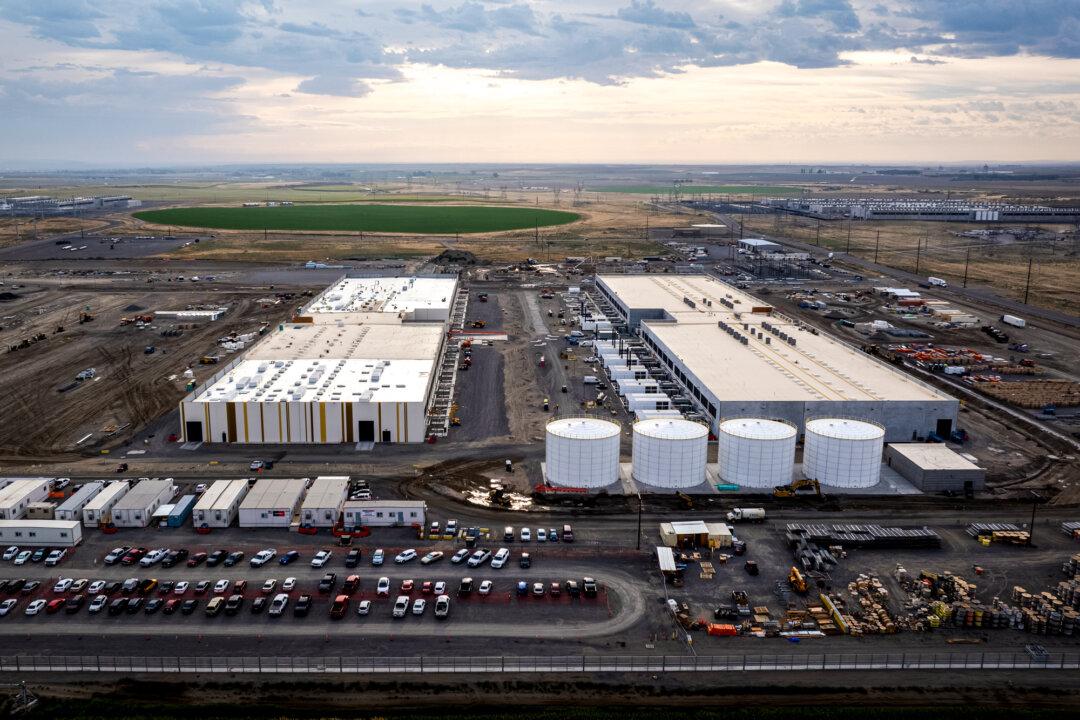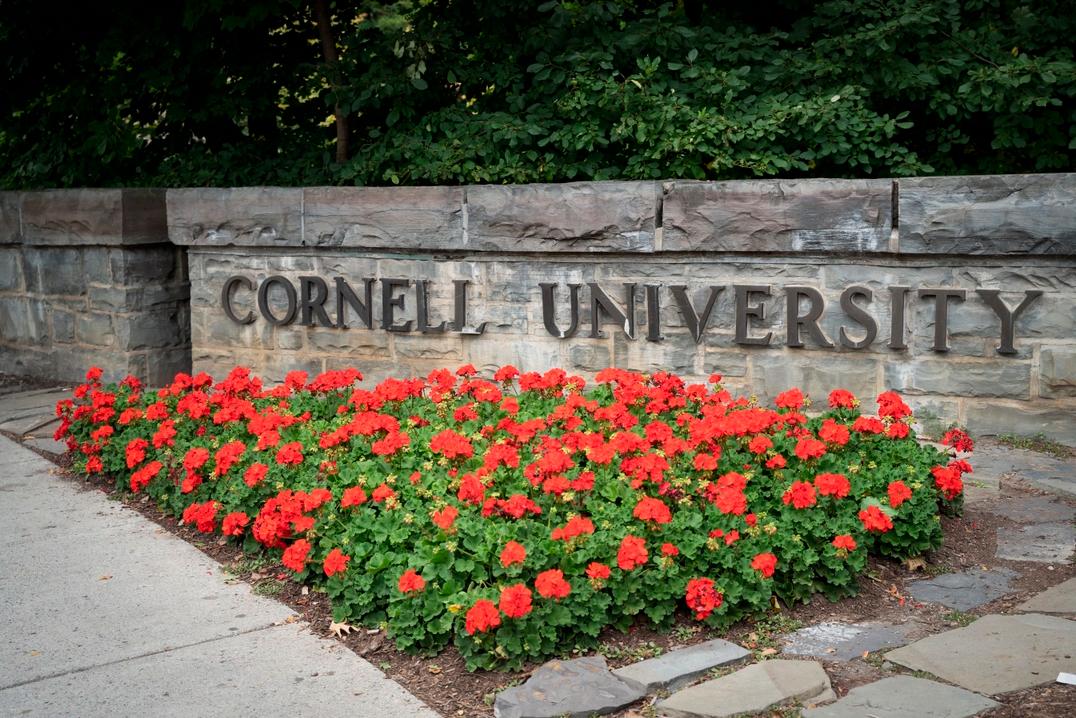City mayors and state and local lawmakers are calling for a temporary pause in ocean-floor work after an eighth dead whale washed ashore in New Jersey this week, reigniting the debate about the impact of offshore wind-farm development on marine life.
The mayors are calling for an immediate halt to plans to build dozens of offshore wind turbines.





